April 8th 2019
Week 6
I present to the class my proposal for final project of MEDA 301. It’s a proposal for a YouTube channel. The idea is that I use this channel as a way to explore different comedy genres. I aim to create 3 videos, one satirical one silent slapstick and one sketch comedy. The difficulty would be in coming up with 3 topics and finding the time to film them.
May 13th 2019
Week 10
I’ve fallen behind in my assessments after the two week hiatus. So I’ve pivoted from my original plan of filming 3 comedic videos for your YouTube channel. Now I’ve proposed an idea to Matt. Last year I created a 30 second animated video of my friend explaining the opening of Mad Max Fury Road. Using this idea will help me complete my project without swapping me down with too much work.
Because I’ve already know what’s involved, it’s a matter of execution.
May 16th 2019
I went to Woolyungah Indigenous Centre (WIC) to ask some of the students around if they would allow me to record them explain a movie to me. I’ve borrowed a Zoom personal voice recorder from Innovation Campus. The first person I asked was Sam B. A student I had met last year. He was just sitting around killing time until these next class, so I just asked him if he would explain a movie in a minute. I carefully explain what I wanted him to do. First we picked a movie. He decided to do Avengers: End Game. The first take I recorded him with a timer running so he could see how long he was going. Then in the second take I would remove the timer and just let him know with a hand signal when to wrap it up. The idea was that in the first take he would work out what he would want to say, then the second take you would have a clearer vision for what to say.
What came out of it was ok but I felt it was missing something. After a couple of recordings with other students I decided to mix it up, to hopefully add something that I felt was missing from the formula.
The person I changed the full matter wave was Winnie. She decided to talk about the Hilary Duff movie A Cinderella Story. I went through the same steps that I did with the previous recordings. Keeping them short and his clothes or measured as I can get them to. But this time I asked for a third take and once you go to the end of the movie I asked her to speculate on what happened to the characters after the credits. Going back over the recordings, there was a clear shift in tone from when she was explaining the movie and when she wants speculating the events after the movie. It was a fun conversation with lots of laughs and it was the thing that I was looking for in a previous recordings.
I knew that the recordings were going to be animated so I was trying to get key details from the students I had recorded. But from Winnie’s recording I realised that they weren’t going to give me the key details on their own. They just needed permission to have fun with the premise. When they have the permission then I could direct them to the details, while everyone was having fun.
27th-31th May
Week 12
Over the week I recorded several other conversations with students from WIC. Those being Sam, Kathleen and Harry. The latter being the Inspiration for the new direction of the project. Last year I was doing a similar project but for TAFE. I asked Harry to explain Mad Max Fury Road and I did a 30 second animation of his interpretation of the movie.
The recordings for Other Sam, Kathleen and Harry where 3 times longer than the previous recordings. Sam’s being over 8 minutes for both takes. Also after seeing other students do the same process each preceding recording is more relaxed in willing to open up.
The Week of 17th of June.
I’ve waited until the last week to begin the editing process. I wanted to clear all the other assessments before beginning this. I started by editing what I felt with a 3 strongest recordings. Those being from Winnie, Other Sam and Harry. Once the audio was edited I picked which one would be as simple as to animate. Which was Harry’s version of Babe (1995). His audio with the clearest and he spoke with the most confidence. Which made things clear and simple for me to visualise leading into the animating process.
To animate I use the software that I was most familiar with, which was Adobe Premiere Pro. I tried for 5 minutes to do it in After Effects. but I knew we would be too time consuming because of how unfamiliar I am with the software. As I was editing the audio I would label specific sections of audio for reminders. Before gathering the images I went over the audio one more time and took notes of all the things that he mentioned. So I would have an idea of what images that I needed to search for.
Animating the video was a slow process. It was a second by second processor of gathering images, editing the images in Photoshop, importing the images placing them on the timeline, and then animating them. A lot of what was animated was just text. If I use too much imagery, the visuals would have been incoherent and too jarring. So I used the tax as a way to break up the imagery and to see me from looking up images and then editing them. I used Google search for the images. As Harry would say something in the audio I would look up the corresponding image online then downloaded and edited the image as needed. This was a long process, taking up to an hour to animate 20 seconds. Which is why I used the minimalist aesthetic with just a black background and using as much text as possible. The text gave the words an extra punch but also streamlined the process in a way.
Final Thoughts
This was an interesting process to reflect upon. They gave me insight into what it would take to make this into a YouTube channel. From just this experience I would only be able to create one video a week. But that might be enough to get a decent audience on the platform.
The thing I took most away from this process was that I really enjoyed doing the interviews. It was a nice distraction from the stress of Uni work. I also just really enjoyed having a conversation with people and making them laugh. It’s just nice to chat with your friends about movies and other things. That’s what a lot of content on YouTube is. People talking about things that they enjoy.
The conversation that came out of this didn’t have anything to do with the recording themselves. Sam B the first person I recorded came up to me and we chatted. During the conversation he talked about listening to a podcast with a bunch of comedians. And he asked me if it was possible to teach someone to be a comedian. This doesn’t have anything to do with the MEDA 301 project in itself. But it’s giving me questions to ponder over your regards to my own artistic practice, seeing how I consider myself a comedian. Is it possible to teach someone to be a comedian and what does that mean? This is something I look forward to exploring in the future.












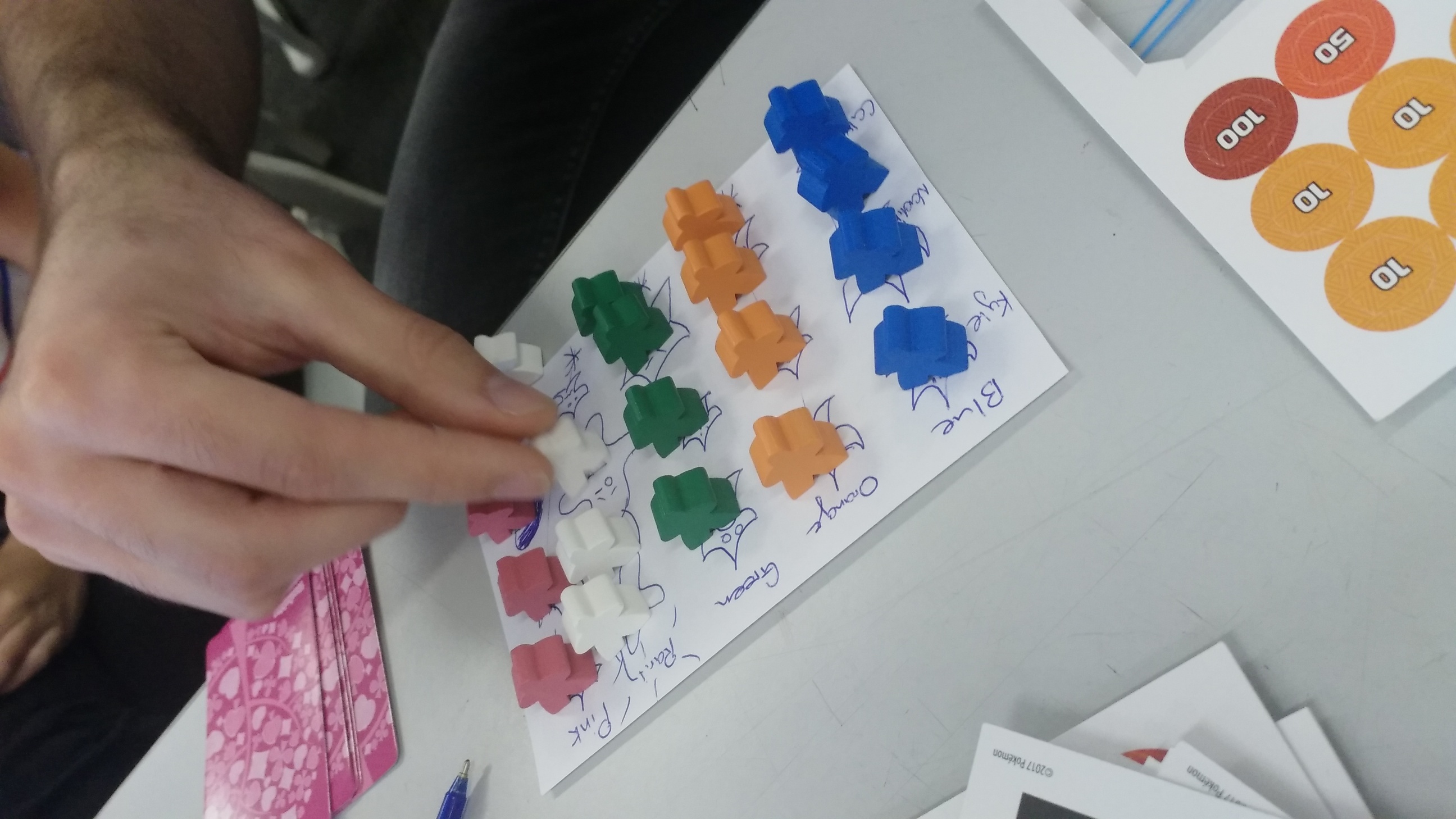
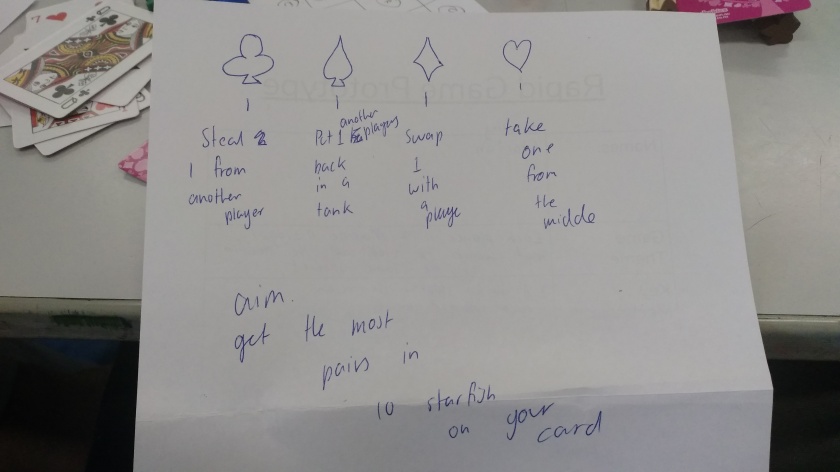
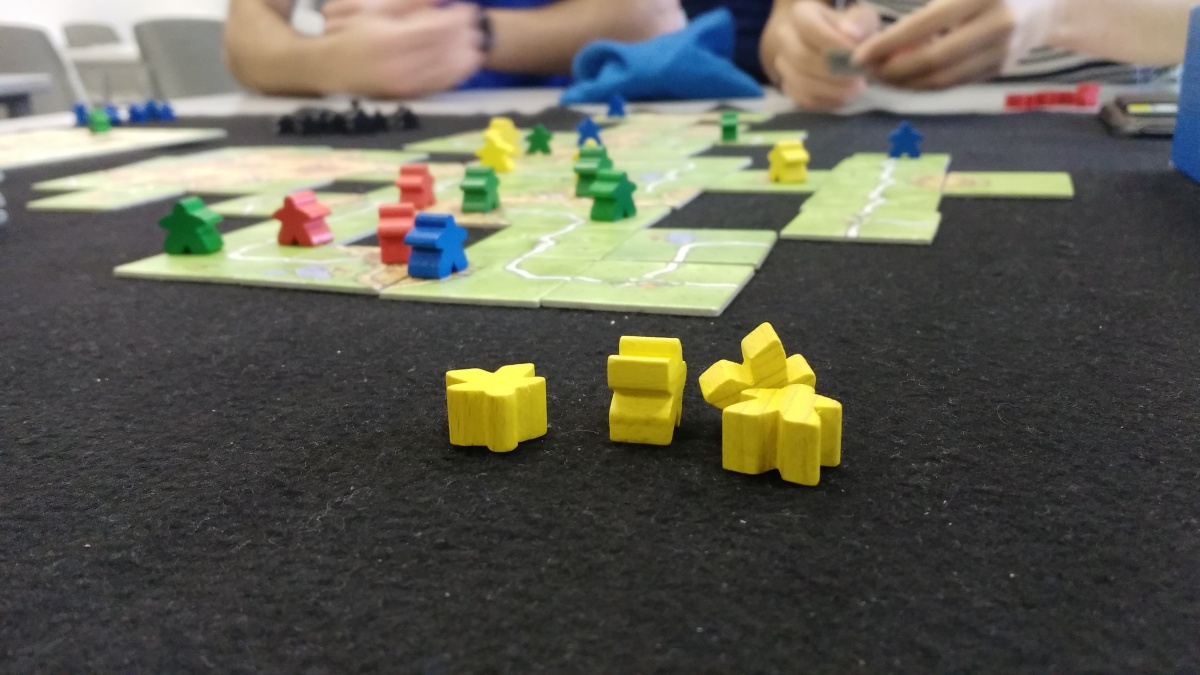
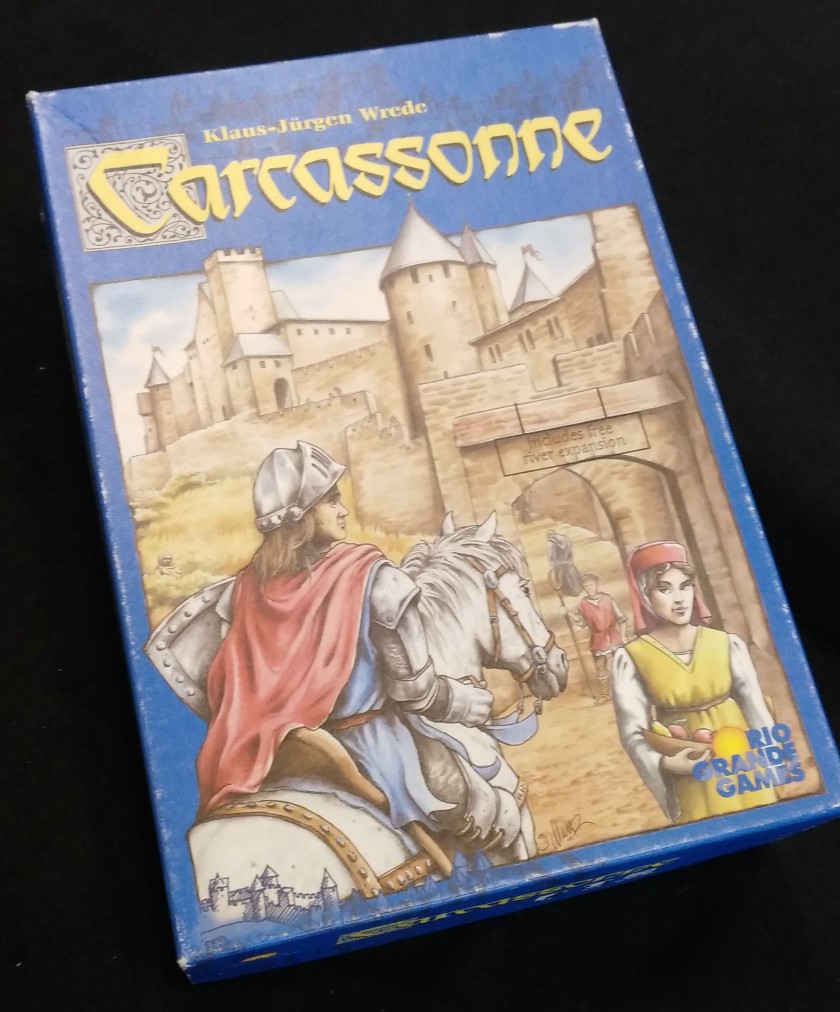

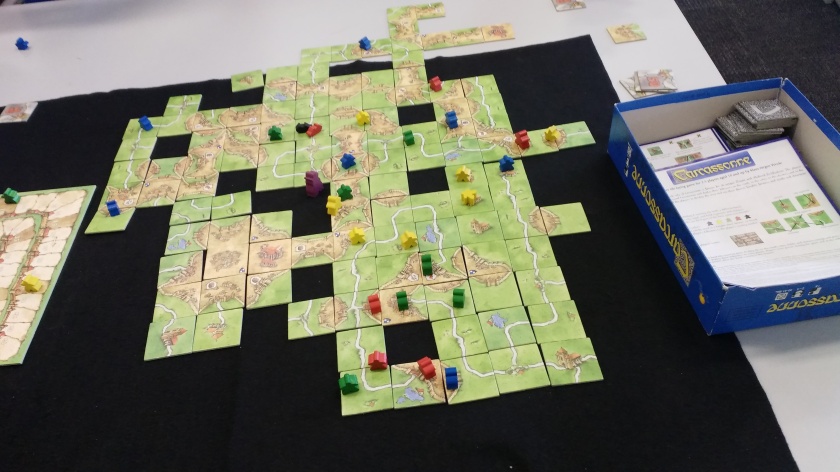
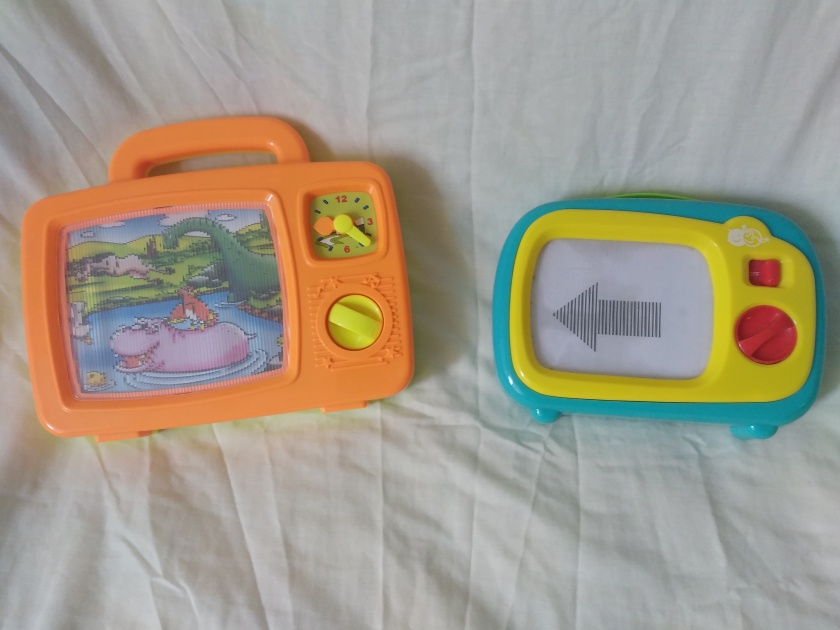
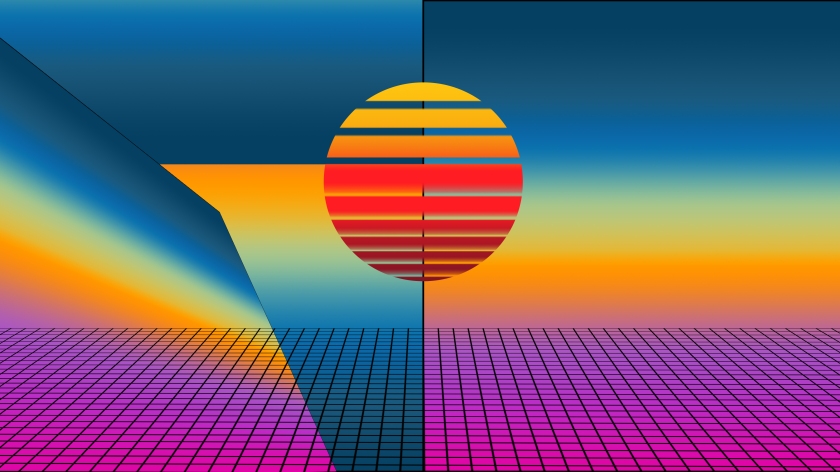
 My Code
My Code

